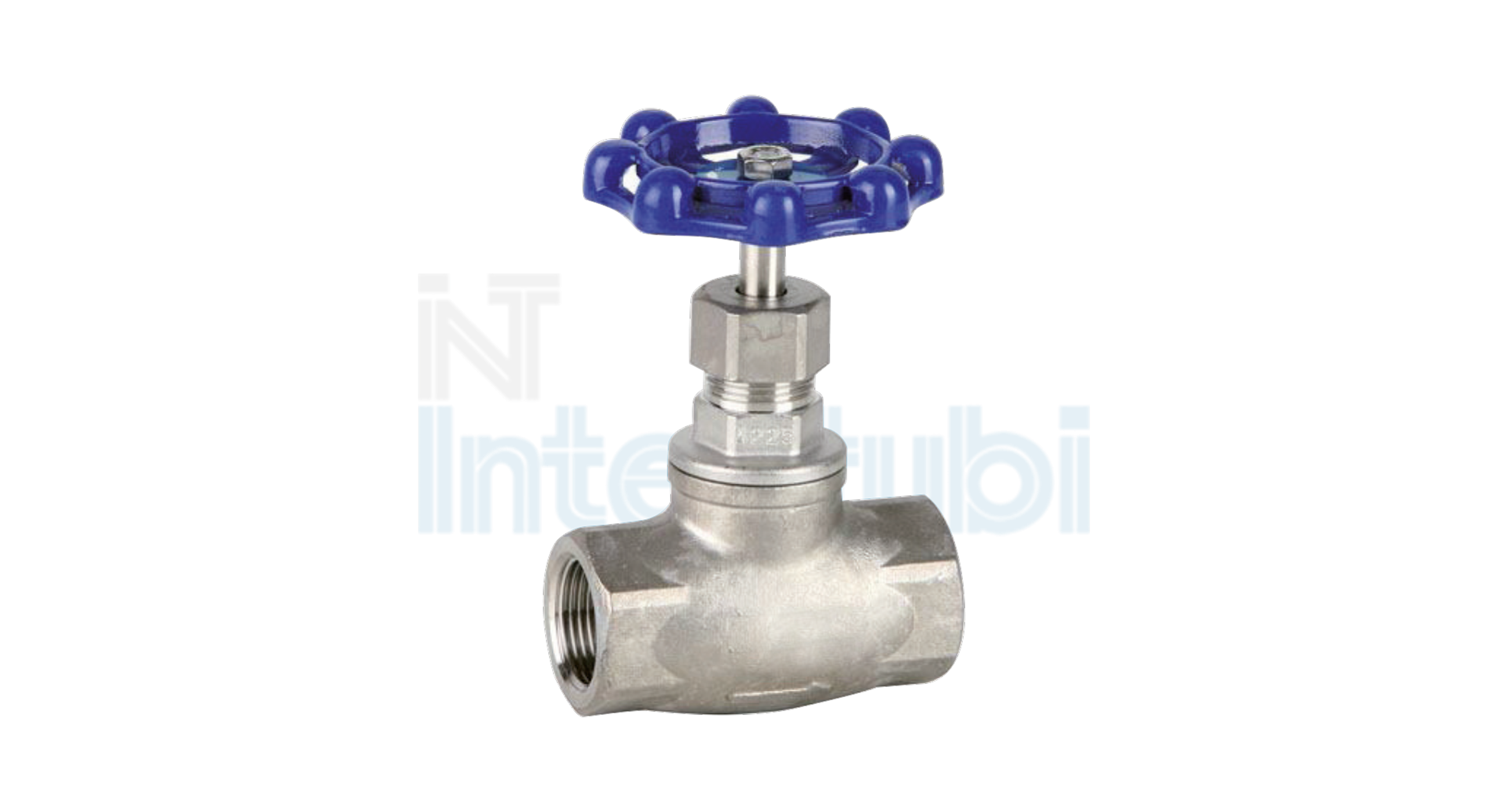The world of valves is wide and characterized by numerous models of different types, functions and characteristics. Making a correct choice is not always easy because, even if you know the models, there are many parameters to take into consideration. Intertubi, a company specialized in the sector, develops, through a certified supply chain, products that comply with all the requirements of the regulations in force, making quality one of its strong points.
What are globe valves?
Within the macro-topic of valves,
globe valves take on particular importance, the name of which derives from the shape of the spherical outer casing that characterizes them. These components allow the adjustment of a parameter between pressure and flow rate, favoring the efficiency of the system and minimizing losses. Furthermore, a less used but not secondary function is the possibility of acting as flow shut-off valves, positioning either completely open or completely closed.
The main components of globe valves
Globe valves are characterized by a series of fundamental components that guarantee their operation:
- Body: it is the load-bearing structure of the valve (from which, as mentioned above, it takes its name) and is usually made of austenitic stainless steel AISI 316. The pipe connections are made on this component;
- Shutter: component that plays the central role of reducing and regulating the flow within the system. Thanks to its mechanical characteristics and corrosion resistance, it too is made of AISI 316 stainless steel;
- Packing gland: thanks to a series of seals in PTFE (Polytetrafluoroethylene, commonly known as Teflon) it insulates from the external environment, reducing corrosive factors;
- Stem: performs the movement that adjusts the distance between the shutter and the seat, in turn regulating the passage of fluid.
Furthermore, other fundamental aspects to consider are the threads at the ends which are made according to the EN 10226-1 standards. The maximum operating pressures are equal to 16 bar and the maximum temperatures equal to 180 ° C.
Operation of globe valves
The operation of globe valves, also mentioned in the description of the fundamental components that constitute them, can essentially be of two types:
- Automatic: which in turn contains sub-categories based on the specific drive principle. In fact, they can be activated with oil, by means of hydraulic valves, with air, by means of a pneumatic valve, or with electricity, by means of the solenoid valve.
- Manual: a steering wheel is used which is connected by a thread to the stem which acts, in turn, on the shutter by modifying the flow.
Also in this case, as with all valves, the production process and the choice of materials are essential, as well as the carrying out of maintenance operations by highly qualified and specialized personnel.
